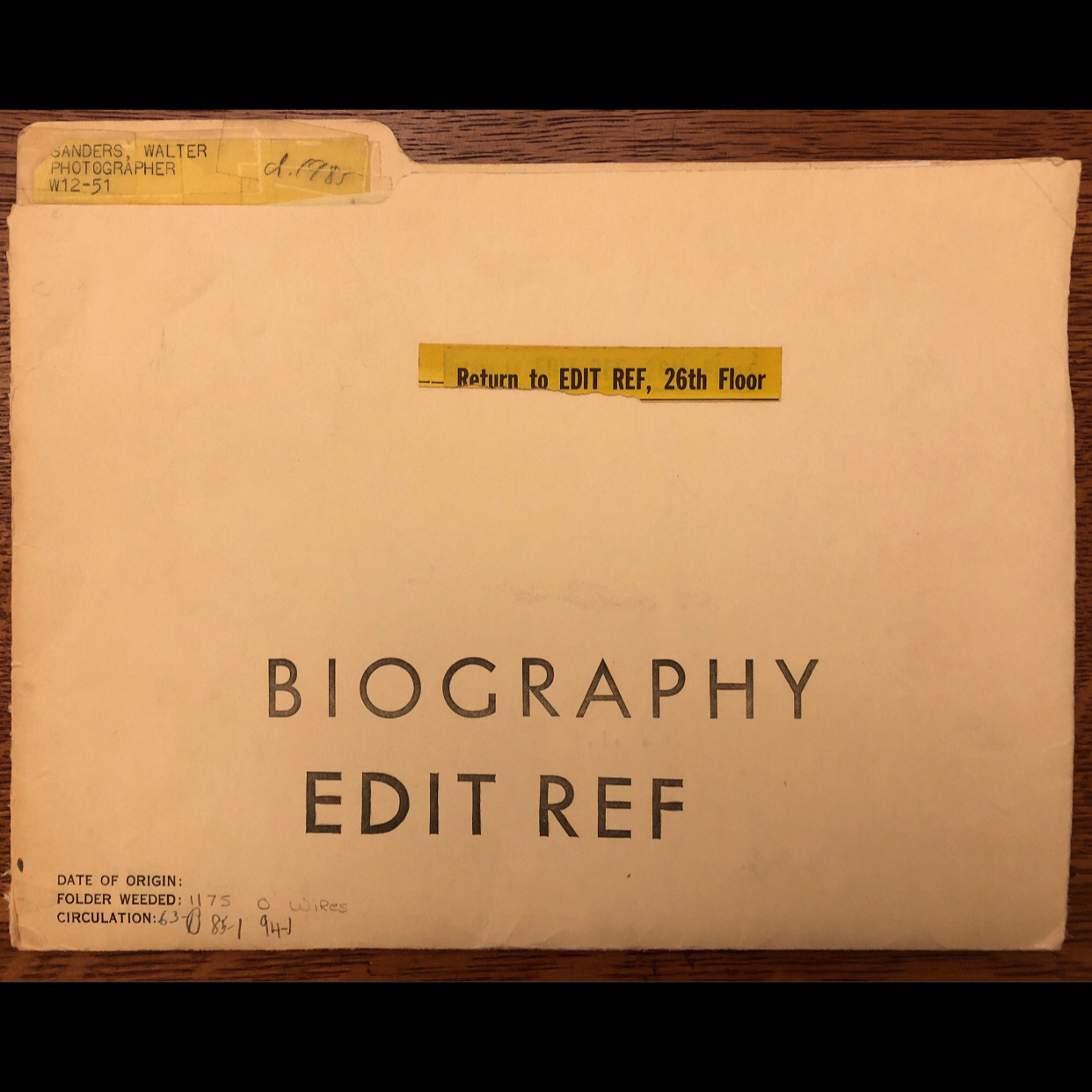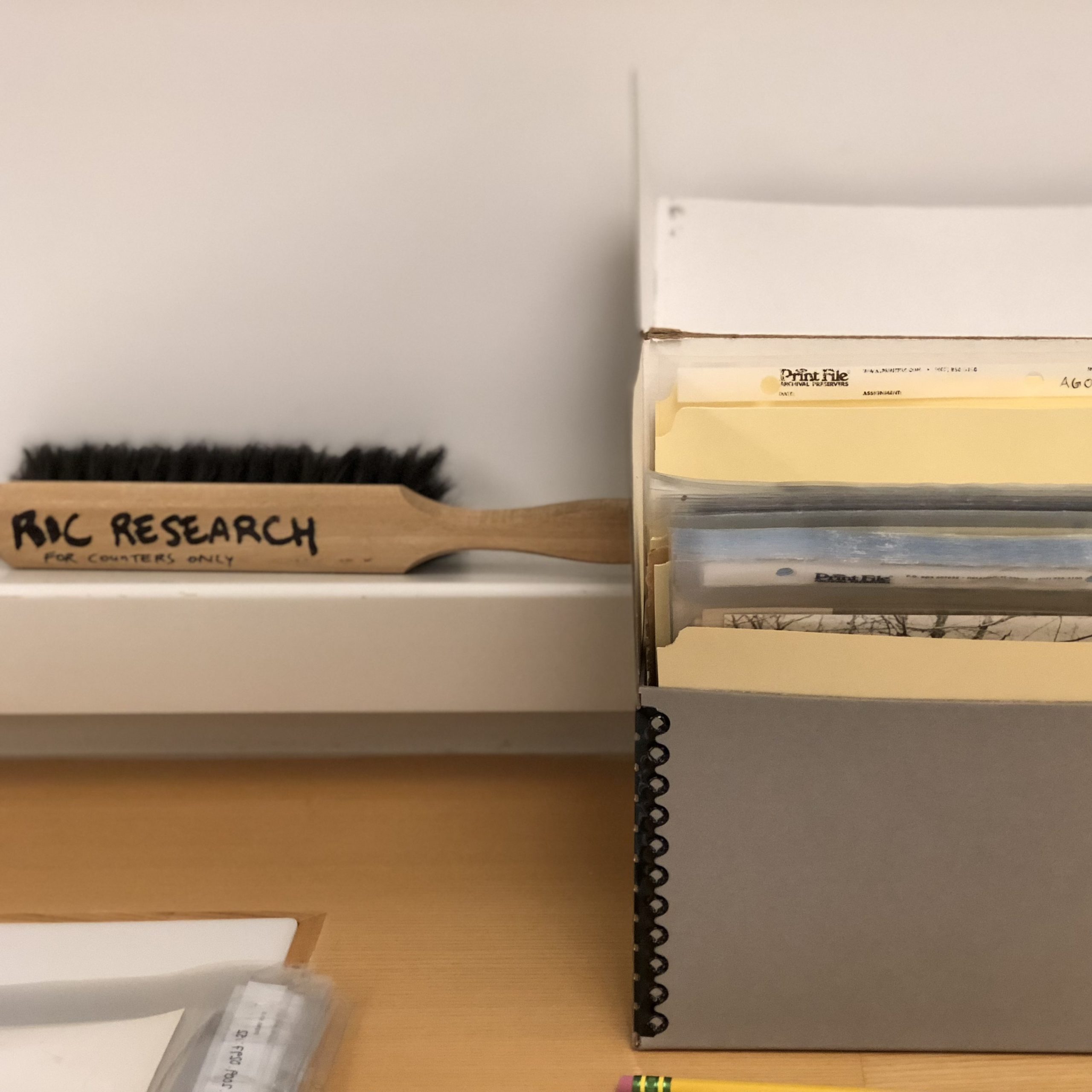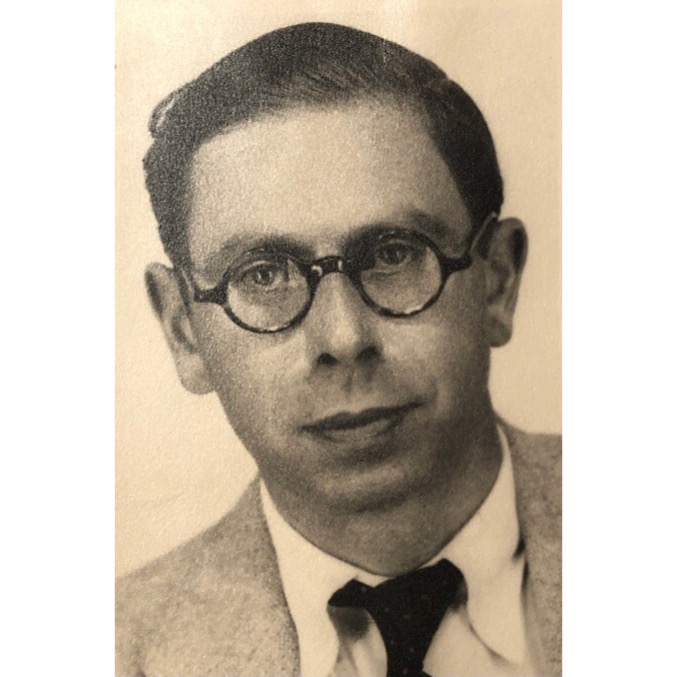Transnational Research for the METROMOD archive II: on the traces of the photographer Walter Sanders
Cross-border research can already begin when people change their surnames after emigration. Therefore, it is often difficult to trace the émigré life and work back to their homelands and to their future life in exile. This is the case with the German-born photographer Walter Süssman.

After his emigration, he americanised his name to Walter Sanders. I came across several photographs by Walter Sanders while researching at the Black Star archive at the Ryerson Image Center in Toronto and also at the New Historical Society in New York, where the Time Life archives are located. But in both archives, I found no clue as to who he was and whether or not he was an émigré photographer.
By chance, I received information from Phoebe Kornfeld, a granddaughter of Black Star co-founder Kurt Kornfeld, that his former name was Walter Süssmann. I was able to trace him to Stettin, where he was born, and to Berlin, where he lived and worked, and also to Stralsund, where his mother Paula Süssmann lived and was deported in 1940. Thanks to Friederike Fechner’s research, there are now stumbling stones in Stralsund commemorating Walter Sander’s mother. Finally, I went to Rostock, where Walter Sanders’ grandson lives, and was able to gain further insight into the life and work of Walter Sanders. The Ullstein Archive in Berlin also has information about him.
It turned out that Walter Süssmann came to photography through his earlier work as a publicist and sales manager for a German industrial company. His first photos are marked “Aufnahme: Walter Süssmann, Berlin Charlottenburg 4, Wilmersdorferstr. 63”. After his emigration to New York in 1938, in order not only to disguise his origin, but also for better sales of his pictures, an „americanised“ name was desired. Sanders was able to enter the photography business and was soon a highly regarded photographer for Black Star and Life, receiving numerous assignments throughout America. This fluid nomadic life is also evident in the fact that he kept changing his apartment in New York between the next travel assignments, staying in hotels or simply taking the address of the Black Star or Life headquarters as his home address.
In the spring of 1946, he returned to Europe for the first time after his emigration and worked for three and a half years as a photo correspondent for Life. He was based in Paris, Berlin and Bonn, creating photo series and traveling to other parts of Europe on assignment. At the time, this was the longest period of service (3½ years) in the history of Life magazine. In 1961, he left Life as a staff photographer and re-migrated back to Germany, where he worked for Life on a contract basis. In 1962, he moved to Munich, where he lived at Petristraße 3 and, from 1970, at Tizianstraße 35 before his death in 1985.
Research on Walter Sanders took me to Toronto, New York, Rostock, Stralsund, Berlin and finally to Munich, very close to my own home address, where he lived in the 1960s.





